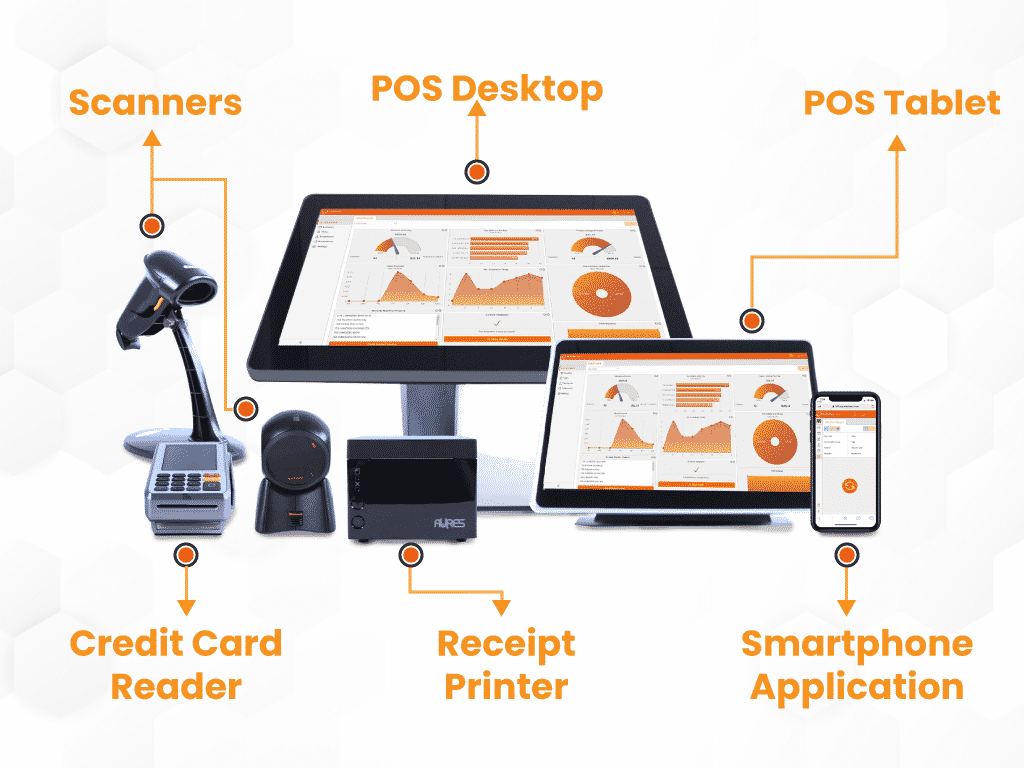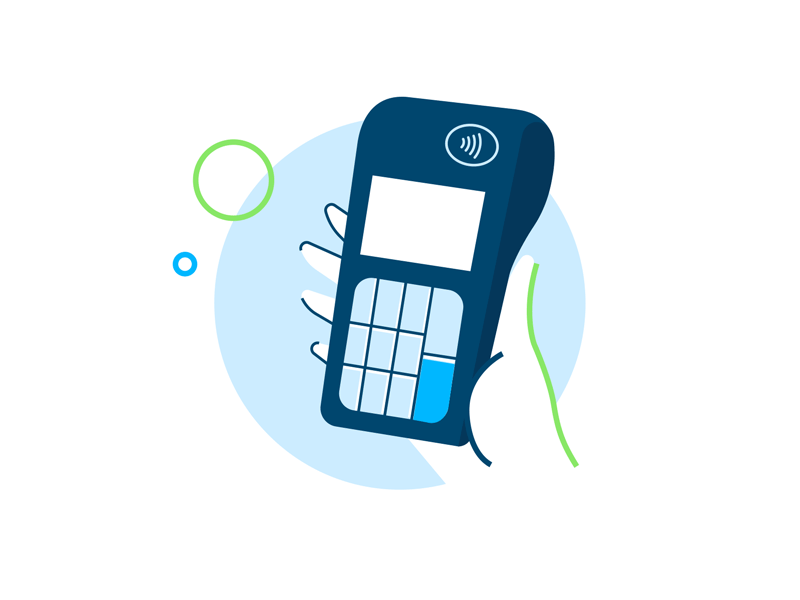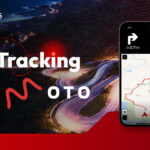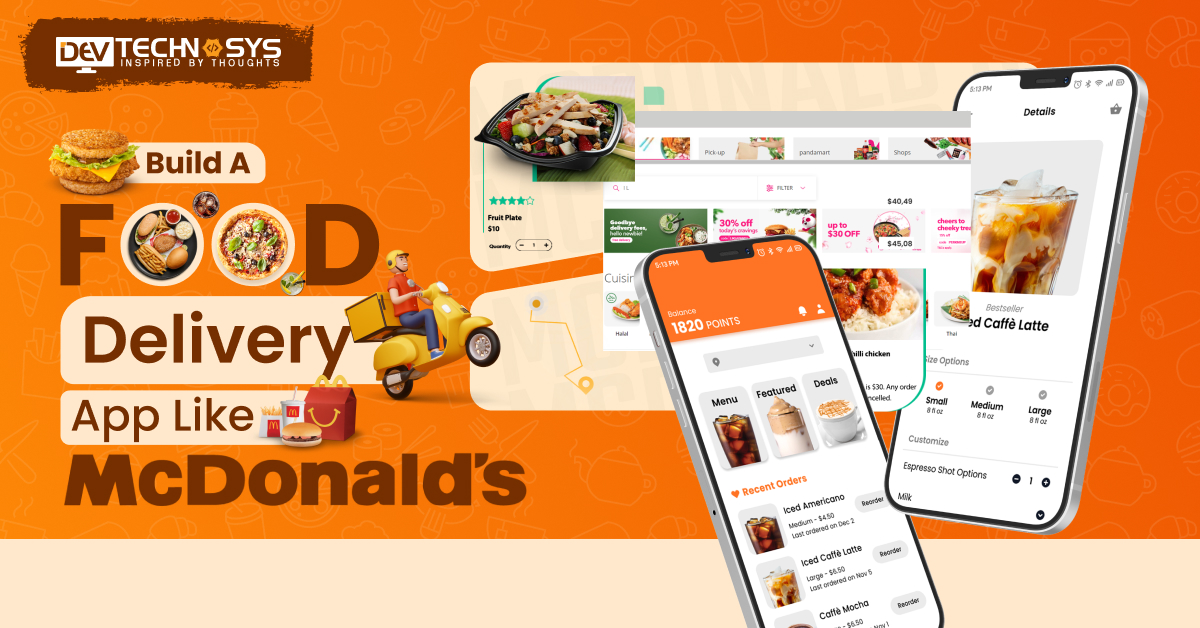When we look closely into our lives, POS systems are deeply entrenched in them. Whenever we buy coffee every day, buy fuel for our vehicles, or purchase items at the supermarket, we don’t realize or care about, different software functions at work that easily allow us to make the payment swiftly as well as efficiently.
However, it is essentially the software solutions as well as the technology behind a plethora of POS systems that are responsible for the customer experience, every transaction’s success as well as processing and recording of all of the payments. It has been possible through advancements in POS system development.
Now, you might be wondering how to essentially develop a POS system that is a perfect fit for a given industry and how these particular Point-of-Sale systems work. In this article, we will look at these different aspects and much more. However, let’s first go over the actual meaning and beginning of the POS systems that we now know.
What is POS System?
Anyone who is looking to develop their own POS system should probably know what a POS system is. POS System is essentially like a Cash Register along with the usage of a computer along with a computer program or simply, software. POS System software could easily be installed on a Linux or Windows-based computer.
Also, a single instance of a POS System is known as POS Terminal. Essentially, a terminal could easily have more than one peripherals that are attached to it such as Receipt Printer and a USB Barcode Scanner.
In case of a more advanced setup, as per the requirements, you could easily have more peripherals that are attached to it such as Pole Display, Automatic Cash Drawer, Barcode Printer, Digital Weighing Scale, and much more.

It needs to be noted that Point of Sale essentially means the location and time where a transaction or sale was completed. Also, it is the point where a customer has actually paid for a given product or service and where the service provider or merchant shall prepare or create an Electronic Invoice. Also, the cashier issues or even prints the receipt after the buyer has paid the amount.
Coming back to a POS Terminal, it is often seen in the check-out or cashier’s section of groceries, supermarkets, cafes, bars, department stores, restaurants, and other businesses.
The present POS system is a combination of software as well as hardware, that varies in different features. As most of the customers are more likely to stop shopping at a given place if they face a situation where there are long check-out times as well as many out-of-stock products, POS solutions are an essential tool that every merchant requires.
They facilitate the entire payment process and even offer different business opportunities for more efficient and better stock management. POS application development has gained traction due to this.
How To Build Your Own POS System?
To begin the process of creating or building your own POS system, you have to find a niche to focus the entire POS software development. For this, you need to consider the following things:
- Do you wish to work with big businesses in different locations?
- Which types of peripherals might actually be needed?
- What type of integrations will you have to essentially provide?
- How many items will be basically included and will there be any of the product composites as well as variables?
Various businesses in grocery, retail, restaurant, and other fields have separate operational requirements, which essentially define the actual features they look for in a particular POS system. Basically, you can easily offer separate packages of similar products, for instance, a specific retail POS solution or a specific e-commerce package.
What are The Main Components of POS System?

1. Hardware
In the case of a traditional form of POS system’s hardware, it is essentially a complex term that comprises a monitor along with a card scanner as well as printer and different other devices.
At present, most of the businesses have switched to tablets that are linked to a particular card reader. However, in a few cases, businesses don’t even require tablets and can easily handle their entire transactions with just simply a touch-screen monitor.
2. Tablets
It is among the most in-demand solution. At present, there is a number of Apple-based systems that are on the market where iOS is certainly considered to be the most secure one due to the timely updates.
However, both iOS, as well as Android, have their own inherent benefits. Also, sometimes businesses don’t actually require a portable device and easily get by with a monitor installed at the counter.
Also, they differ in size and even perform the same function as that of a tablet. POS app development helps in developing apps for allowing tablets to be used for these purposes.
3. Card Readers and Cash Registers
As the entire point of installation of POS systems is actually to sell products or services, having a card reader and a cash register is quite essential. Other devices you may generally need, which depend on the type of the industry that you are actually targeting which include:
4. Receipt Printers
It is still a necessary device for most of the retailers, although there is quite a growing tendency at present to send the receipts through email.
5. Barcode Printers and Scanners
When it comes to dealing in the case of the retail industry, one has to develop barcode printers as well as scanners in order to identify the products that the customers purchase.
6. Customer-Facing Displays
Essentially, it is a pretty good idea to offer the customers a chance to easily track how the products are actually added to the entire transaction. Hence, it is practically a must for departmental stores and supermarkets.
7. Scales
It is required for weighted products. In case a business that you are actually going to work with required this feature, you need to integrate scales into the entire system.
8. Kitchen Printers
Basically, it may be quite hard for restaurants to keep track of each and every action easily. Hence, they require an automated tool which will easily print the orders for bars as well as kitchens as soon as they are actually requested. So, they want the restaurant app development system for their restaurants.
9. Handheld Devices
In cases of some businesses, for example, fast-food restaurants, actually implement handheld POS gadgets or devices to expedite the entire ordering process readily. POS application development of apps for such devices has assisted this process.
10. Self-Service Kiosk
These days, such devices are regularly installed in busy supermarkets, restaurants and many different stores. Essentially it can perform as a simple ticket machine or even include many types of complex functions.
What are The Essential Features of POS System?
Even though there are clear benefits of bringing in a POS system, most of these systems have a lot of weak points when it comes down to user experience. There are certain complexities in the entire POS design, which aren’t actually taken into account generally.
Also, there could be some errors made by the organization’s employees due to the illogical grouping of the actual information or even the increased risk of the employees actually stealing money which isn’t essentially prevented by the present interface. Also, little details such as lightning in the room where the POS monitors will be actually installed also make a vital impact.
Basically, any POS interface needs to evolve as per the requirements of the client. For example, the feedback from their initial clients can lead to rebuilding the function, which allows the customer to leave a tip.
1. Inventory Management
It is quite essential to have the feature of real-time tracking as well as control over the products sold. In case you have both a physical store as well as an e-commerce outlet, then you will require them to be fully synchronized.
Also, there needs to be automatic updates about which products or items are essentially available. Different flexible POS systems allow for better and improved stock management and mean that customers will certainly receive the most relevant information and data. You should consider this feature to inculcate in your POS system during POS software development.
2. Access Levels
It is essential that there needs to be an admin profile in order to add as well as remove staff members, along with employee accounts with access to product or item management as well as the check-out process.
Also, apart from giving analytics on the entire employee performance, it needs to have inbuilt fraud prevention tools in order to eliminate all kinds of accounting disasters and mishaps.
3. Analytics and Marketing Tools
In reality, there are certainly a wide array of different sale reports that your POS solution can easily collate as well as display. Owing to this data, you can easily analyze which products or items are in particularly high demand or which discounts are essentially the most effective.
Even you can easily track the customer’s behavior in order to offer them with different personalized offers. Different research has shown that most of the people are comfortable with the retailers that use their purchase history in order to enhance and improve their entire shopping experience and minimize their hassles.
Certainly, there are a lot of methods you can utilize customer purchase history in order to develop marketing strategies or offers. For instance, integrating the POS system to email solutions or any other marketing software is an essential sales tool.
Also, the effective usage of POS systems allows the retailers or merchants to make a data-driven decision and even better connect with their own customers and provide them with a better user experience. It is important for you to actually introduce this feature during the POS system development.
4. Payment Processing
When it comes down to the payment methods, the more your POS solution accepts, the better it is. Essentially, the system should also be able to easily manage the payments completed with different gift cards and in combination with various other means.
Also, the necessary payment capabilities of a given POS system consist of “send sale”(buying items located in a particular different store if there are many of them) and “endless aisle”(ordering products which aren’t actually present in the store).
5. Artificial Intelligence and Virtual Reality
Essentially, when it comes down to attracting businesses, suggesting a unique as well as an out-of-the-ordinary feature is always a good move. Different hotels, as well as restaurants, have already implemented the innovation that triggers the online PayPal profile pictures. Using this, customers simply show their faces to the particular POS monitors in order to check out.
Similarly, Amazon has created a revolutionary and innovative checkout-free system that utilizes the same technology similar to self-driving cars in order to make the shopping automated and smart. All of the items are added to a particular virtual cart on a given smartphone, and the price is duly charged from the Amazon account of the client.
Also, the first VR-based POS concept was duly introduced by the HTC Vive, which offered customers a unique opportunity to easily and virtually configure the kitchen they wish to buy.
Hence, these innovative and unique solutions are only at the beginning of their long journey, but it is essentially expected that AI will certainly be implemented further in the different POS systems in the upcoming future. In order to remain utterly competitive, you need to think ahead of the time and predict features that will dominate the market of tomorrow.
On-premise and cloud-based POS Systems
Generally, conventional POS devices, whether they are the desktop solution or a terminal, keep all of the data on the side. However, cloud-based or mobile solutions, on the other hand, store all the data online.
In case of the latter option, basically, you don’t actually have to rely on a particular local server and can easily access the information right from anywhere. Also, cloud-based retail POS solution or software are rated as the most important technology in the entire industry.
Also, mobile POS devices are quite convenient since they allow businesses to easily perform different transactions without the requirement of a conventional on-site terminal.

More business owners are now switching to this particular model, often preferring to pay for the different cloud subscription services instead of purchasing expensive traditional POS hardware.
However, only large retailers still opt for traditional POS systems. Installation of all the equipment along with the software on-site is quite time-consuming and needs professional assistance. In case it makes sense to anyone to deal with businesses which prefer keeping their entire data on-premises, develop such type of solutions.
But, the industry is entirely moving towards cloud-based POS systems as this technology actually represents a much more flexible means of an accurate analysis of customer behavior as well as sales reports. Cloud-based POS system enthusiasts also claim that most of the users of conventional POS devices detest them because of slow updates.
Essential Problems to Know When Creating your Own POS System
Certainly, there are a plethora of problems POS systems actually can suffer from. Right from technical issues like invalid receipt printing as well as touch screen losing their inherent sensitivity, to all the way to the potent threat of hacker attacks, there is a lot that needs to be kept in mind.
Also, valuable information related to customer history and payments needs to be stored in a secure fashion. Along with this, PCI compliance is one of the aspects every business needs to consider whenever choosing a POS system. One needs to guarantee the overall integrity of the entire system and all of its access points.
Along with this, effective error handling as well as reporting flexibility needs to be guaranteed by the POS system. Most of the inventory loss is due to errors present at the point of sale. Hence, there need to be solutions to deal with mistakes right at the check-out.

In order to stay utterly competitive, you need to provide reasonable pricing. A business will always consider the cost for initial setup, ongoing support, monthly fees, and transaction fees of a POS system. You need to explore what exactly the POS-creating companies are already offering.
However, the most important thing to keep in mind is that your solution needs to be scalable. The POS system of yours should be able to grow as well as expand easily and should have the ability to easily implement new and latest features as and when they are needed.
Essentially, without scalability, your entire POS system can’t easily grow alongside the businesses it actually helps to thrive and hence, won’t eventually thrive in return.
How Much Does it Cost to Develop a POS Software?
If you want to develop your own POS system, then you must know the POS software development cost can vary significantly depending on various factors such as the complexity of the system, the features and functionalities required, the technology stack used, the development resources involved, and the level of customization needed. Here’s a breakdown of potential cost components for building a custom POS system:
1. Development Resources:
The cost of developers and other technical personnel involved in the development process. It can be based on hourly rates or fixed project costs.
2. Design and User Interface:
The cost of designing an intuitive and user-friendly interface for the POS system, including wireframing, prototyping, and UI/UX design.
3. Integration:
If you need to integrate the custom POS system with other systems or services, such as payment gateways, inventory management, or customer relationship management (CRM) tools, there may be additional costs associated with integrating and configuring those components.
4. Hardware:
Depending on your requirements, you may need to purchase specific hardware components such as barcode scanners, receipt printers, cash drawers, touchscreen displays, or card readers. The cost of these hardware components should be considered.
5. Software Development:
It includes the cost of developing the core functionalities of the POS solutions, such as product catalog management, sales tracking, inventory management, reporting, and customer management.
6. Testing and Quality Assurance:
The cost of testing the system to ensure it functions as intended, including unit testing, integration testing, and user acceptance testing.
7. Maintenance and Support:
After the initial development, there may be ongoing costs for system maintenance, bug fixes, updates, and technical support.
However, to help you understand more, we have compiled a table outlining estimated cost ranges based on different levels of complexity:
Level of Complexity |
Cost Range (USD) |
| Basic POS System with Limited Features and Minimal Customization |
$8,000 – $12,000 |
| Medium-Complexity POS System with Additional Features and Moderate Customization |
$12,000 – $18,000 |
| Advanced POS System with Extensive Features, Integrations, And High Customization |
$18,000 – $25,000+ |
The fact that we cannot provide an exact cost without more specific information about your requirements makes it difficult to provide an accurate estimate. However, you must know a custom POS system can range from $8,000 to $25,000 and more highly for customized solutions.
It is recommended to consult with a POS systems software company to discuss your specific needs and get accurate cost estimates based on your requirements.
Conclusion
POS systems have become part of our daily lives. Mentioned here are how POS systems are developed. We have mentioned the essential hardware components. We have outlined the major features that your POS system should have.
Discussion on on-site and cloud-based POS system provides a bird’s-eye view of the future of POS systems. We have also discussed the problems that you can encounter in POS system development. Considering all of this, you can easily develop your own POS system and.































